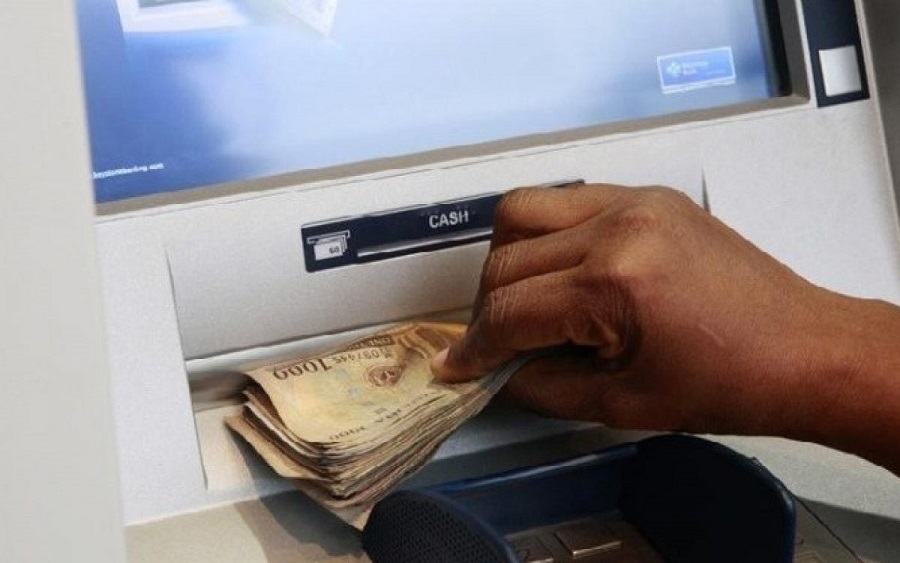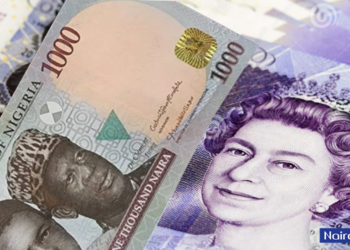Automated Teller Machine (ATM) transactions in Nigeria surged in the first quarter of 2025 despite the Central Bank of Nigeria (CBN) introducing new withdrawal charges in February.
Data from the CBN’s quarterly statistical bulletin for Q1 2025 showed that ATM withdrawals reached N15.97 trillion between January and March, compared to N5.46 trillion in the same period of 2024 — a 192.7% increase year-on-year.
Transaction counts also grew sharply. ATMs processed 411.42 million withdrawals in Q1 2025, up from 210.66 million in Q1 2024, representing a 95.3% rise.
The growth in value outpaced the rise in volumes, which means that Nigerians were taking out far larger sums per withdrawal.
What the data shows
The monthly figures highlight how withdrawal behaviour shifted during the quarter. In January 2025, ATM withdrawals were valued at N4.81 trillion from 147.24 million transactions.
In February, volumes dropped to 134.59 million, but values rose to N5.40 trillion. By March, the first full month under the new fee regime, withdrawals reached a record N5.76 trillion, even though transaction counts declined further to 129.59 million.
- The divergence between falling transaction counts and rising values indicates that many customers responded to the new charges by consolidating their cash needs into fewer, larger withdrawals.
- The average withdrawal per transaction climbed from about N32,660 in January to more than N44,500 in March. Compared with March 2024, when the average withdrawal was around N23,500, this represents an 89% increase year-on-year.
- The scale of growth becomes clearer when compared with the same period in 2024. In January 2024, ATM withdrawals totalled N2.15 trillion across 69.62 million transactions.
By January 2025, the value had more than doubled, while transaction counts also more than doubled. February 2024’s N1.72 trillion from 73.16 million transactions surged by 215% to N5.40 trillion from 134.59 million in February 2025. March 2025’s N5.76 trillion was more than three times the N1.60 trillion withdrawn in March 2024.
What you should know
In February 2025, the CBN announced a revised fee regime for ATM withdrawals, which took effect from March.
The policy scrapped the earlier allowance of three free monthly “Not-On-Us” withdrawals — transactions made at another bank’s ATM — and introduced a new charge structure.
- Under the guidelines, withdrawals at another bank’s on-site ATM attract a fee of N100 per N20,000 withdrawn, while off-site ATMs carry an additional surcharge of up to N500.
- The policy aimed to help banks recover rising operating costs and encourage more efficient use of ATMs.
- However, instead of discouraging transactions, the latest data show that Nigerians continued to rely heavily on ATMs, with both the volume and value of withdrawals increasing significantly.
- The figures suggest that the new CBN fees may have altered withdrawal patterns but did little to reduce overall reliance on ATMs. For banks, the surge means higher fee revenues from interbank withdrawals, but also greater pressure on ATM networks and cash logistics.
For consumers, inflationary pressures are likely pushing households and businesses to take out larger sums to meet higher living and operational costs.
The data shows that Nigerians are not only continuing to use Automated Teller Machines despite higher charges, but they are also relying on them more than ever, withdrawing record amounts of cash in fewer, larger transactions.


















